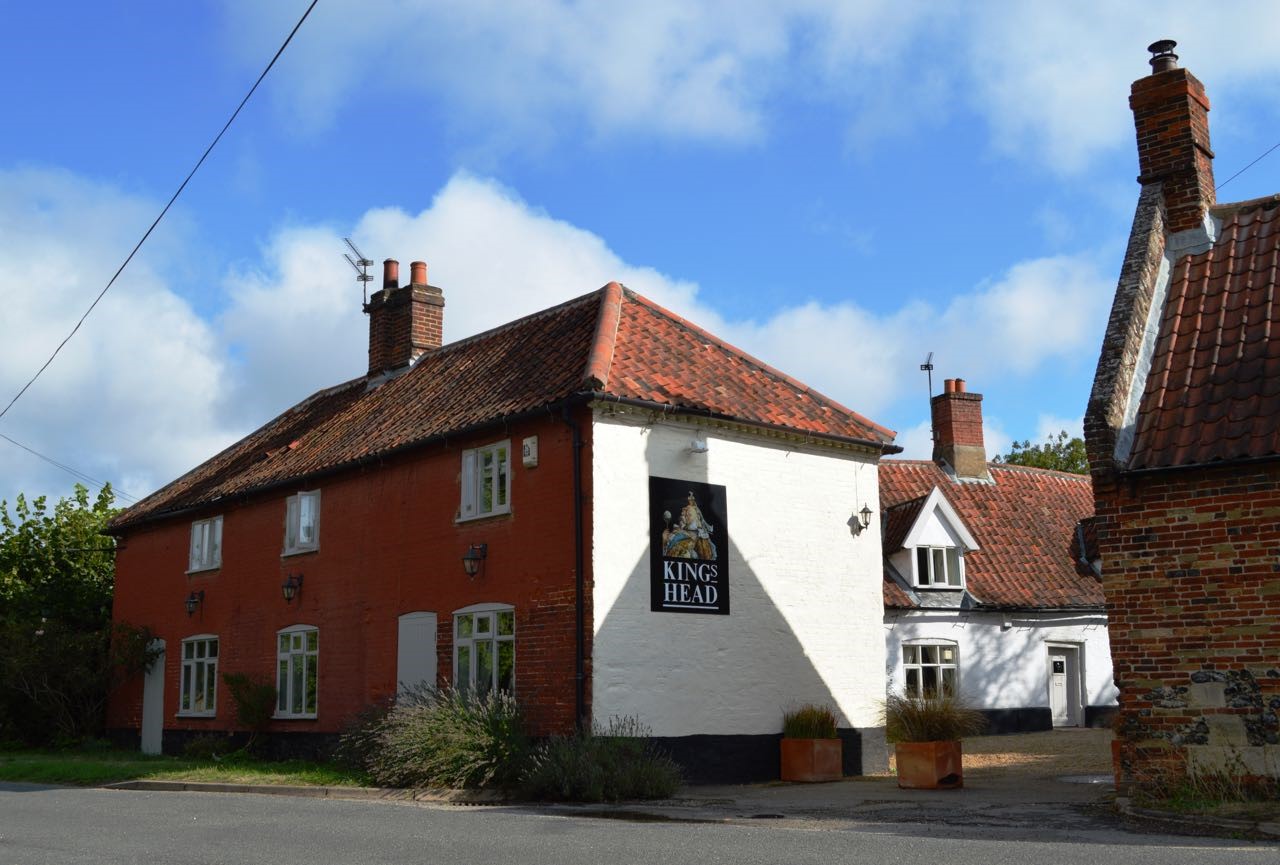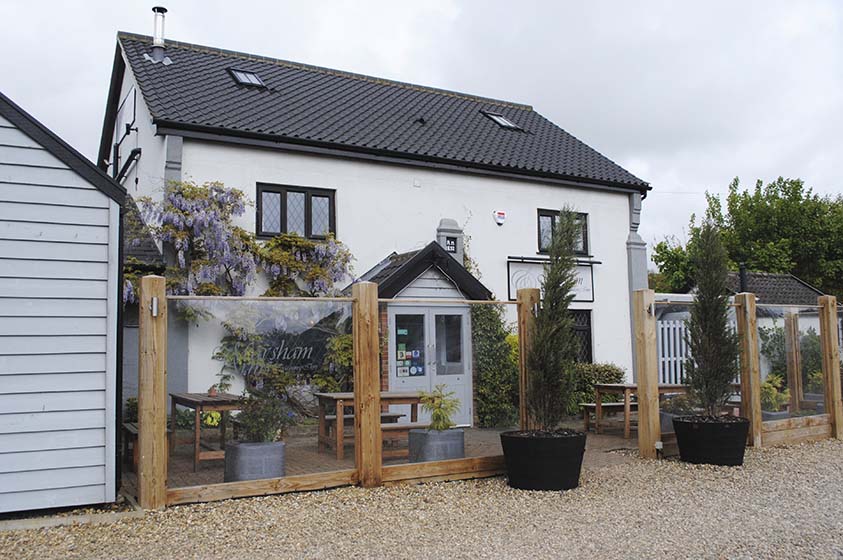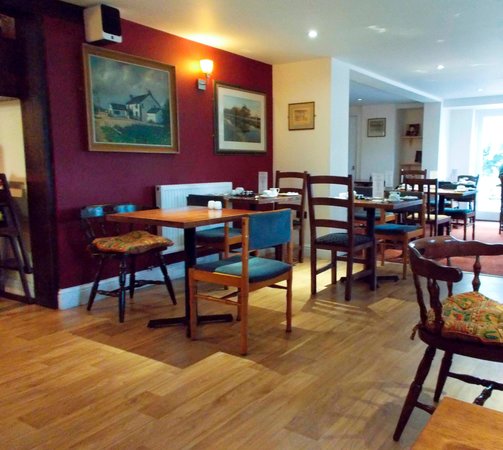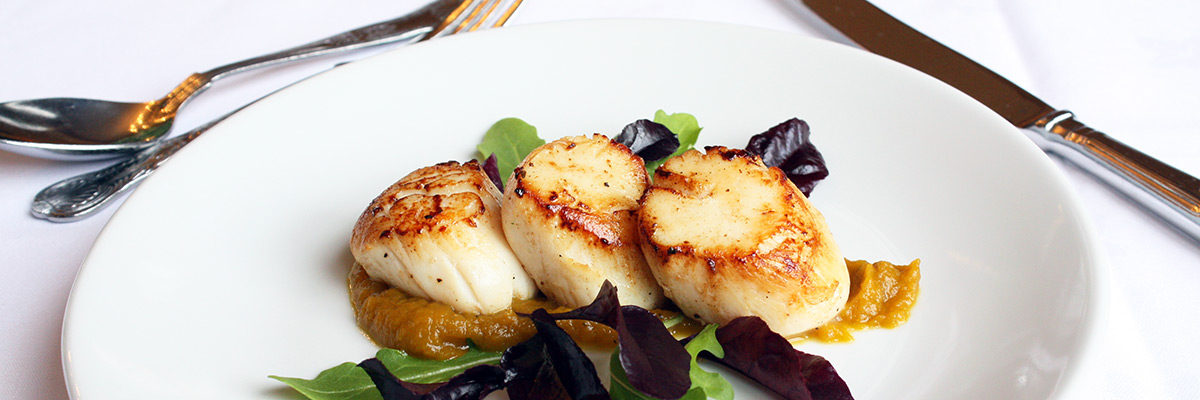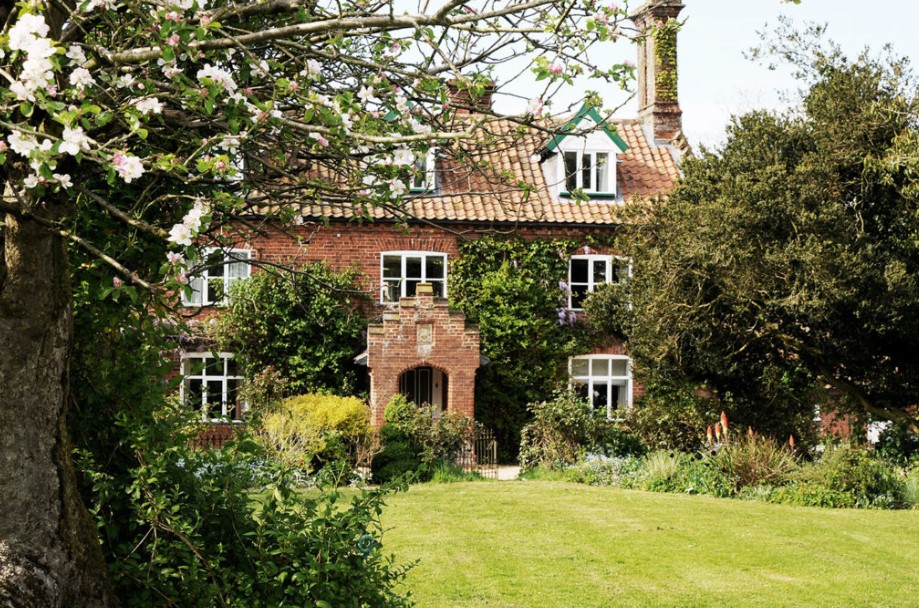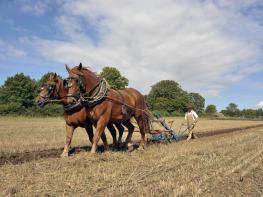Waterfall Farm Cottages consist of 3 self catering cottages, set in the heart of Norfolk,…
Gressenhall and the Museum of Norfolk Life

Enjoy Norfolk's spectacular workhouse museum and then walk through countryside changed little through the centuries.
8.5 miles (13.7kms)
About the walk
What should be done about the poor? This was the question that vexed politicians and philanthropists in the 18th century, just as it does today. The answer in those days, however, was to build workhouses, so that people were provided with beds, clothes and food, and their waking hours were taken up with 'honest labour'.
Gressenhall Union Workhouse
One such institution was built at Gressenhall between 1776 and 1777, at the cost of £15,000. It was called the Union Workhouse, and was home to married couples, children and single people alike. The building is impressive – a surprising sight to appear suddenly among the trees in this pleasant countryside. It was H-plan in design, with two L-shaped extensions in the east. More buildings were added in the mid-1830s, when the Poor Law Amendment Act required workhouses to change.
Visitors today will be astonished at the size of this fascinating museum. Not only are there exhibitions about living in the workhouse, but Union Farm still works the land in the traditional way using heavy horses. There is a 1930s-style village high street with a post office, blacksmith's forge and grocer, and well-maintained gardens, including 50 acres (20ha) of unspoiled countryside with marked woodland walks and nature trails. There is also a cemetery for those who died here and yards where men and women were separated by high walls. The museum is open daily from early March to early November, and also during February half-term week.
Begin your day here, learning about what life was like in Norfolk in bygone days, and then move on to a country walk where little has changed since Union Workhouse rang with the voices of its pauper inmates.
Bittering and Little Bittering
West of Gressenhall village along the Nar Valley Way stands the tiny hamlet of Bittering. Bittering was once a much larger village gathered around a moated manor house, the remains of which are still just visible today. The hall (demolished in the 1980s) that was built to replace the manor house was once the residence of the famous anti-slavery campaigner William Wilberforce.
Nearby Little Bittering, sometimes referred to as Bittering Parva, is the site of a former medieval village that was mentioned in the Domesday Book of 1086, but which had disappeared completely by 1500. This is one of around 200 deserted villages in Norfolk that were abandoned for a variety of reasons, usually because of plague, population decrease or changes in farming practices.
Walk directions
Leave the car park and turn right onto the B1146. Take the next right, where a sign marks the Nar Valley Way, one of Norfolk's prettiest long distance footpaths. This takes you past a copse and then through Gressenhall itself. When you reach The Swan Inn turn right along Bittering Street, past more houses, until you reach a crossroads. Turn left, following signs for the Nar Valley Way. After about 100yds (91m), take the bridleway to your right, still the Nar Valley Way. This narrow path lies between tall hedges and is like a green tunnel in summer and spring, although it can be muddy in winter It widens eventually and, after about 0.75 miles (1.2km), emerges onto a track called Stoney Lane.
Turn left, still following signs for the Nar Valley Way, and walk for another 0.75 miles (1.2km) to reach Old Hall Cottage at a junction and a plantation of tall trees. Turn left, leaving the Nar Valley Way. The foundations of the deserted village of Bittering Parva are to the right.
When you reach a crossroads and Ostrich House, follow the lane towards Longham. Stay on this lane, passing Ostrich Lane to your right, then turn right when you see a sign to the Village Hall. Pass the Village Hall and continue along this street. When you see The White Horse at Longham ahead, take a sharp left along Dereham Low Road, signposted 'Scarning'. Walk down a hill, then up the other side, with views across working land to your right.
Once you have passed the Sparrow Green barn conversions and a pair of silos, turn left at Park Farm Cottages, and walk for 0.75 miles (1.2km), ignoring the first lane to your right, and bearing right at the next junction. At the junction after that bear right again, following signs for Dereham, past the old cottages on your left. The road winds along a shallow valley to go over a brick bridge and pass Norfolk Herbs at Blackberry Farm.
Turn left along the gravel track signposted to Drift Farm (public footpath) and follow the signs uphill along a track to the right before you reach the farm itself.
At a crossing of paths, take the one to your left. The path runs alongside an orchard before becoming a paved track. Keep straight ahead, following the tall hedge and occasional red arrows. When you reach Mill House, turn left on to the main road. Walk along this road until you arrive at the museum on your left.
Additional information
Country lanes and footpaths, can be muddy after rain
Gently rolling agricultural land
Lead required for short road sections
AA Leisure Map 6 North West Norfolk
Gressenhall Farm and Workhouse – Museum of Norfolk Life; when museum is closed, at car park by bridge
None on route; toilets at cafe in museum
WALKING IN SAFETY
Read our tips to look after yourself and the environment when following this walk.
Find out more
Also in the area
About the area
Discover Norfolk
The North Norfolk Coast is designated an Area of Outstanding Natural Beauty and probably the finest of its kind in Europe. Here you’ll find a string of quaint villages and small towns – Holkham, Wells-next-the-Sea and Cley next the Sea are 21st-century favourites, while Sheringham and Cromer are classic examples of a good old-fashioned seaside resort where grand Victorian hotels look out to sea. Further round the coast you'll find Great Yarmouth, one of the most popular resorts in the UK and packed full of amusements, shops and seashore entertainment. And let's not forget Norwich, the region's only city.
Norfolk prides itself on its wealth of historic houses, the most famous being Sandringham, where Her Majesty the Queen and her family spend Christmas. Many of Norfolk’s towns have a particular charm and a strong sense of community. The quiet market towns of Fakenham and Swaffham are prime examples, as well as Thetford, with its popular museum focusing on the TV comedy series Dad’s Army which was filmed in the area.
Nearby stays
Restaurants and Pubs
Nearby experiences
Recommended things to do
Why choose Rated Trips?
Your trusted guide to rated places across the UK
The best coverage
Discover more than 15,000 professionally rated places to stay, eat and visit from across the UK and Ireland.
Quality assured
Choose a place to stay safe in the knowledge that it has been expertly assessed by trained assessors.
Plan your next trip
Search by location or the type of place you're visiting to find your next ideal holiday experience.
Travel inspiration
Read our articles, city guides and recommended things to do for inspiration. We're here to help you explore the UK.

